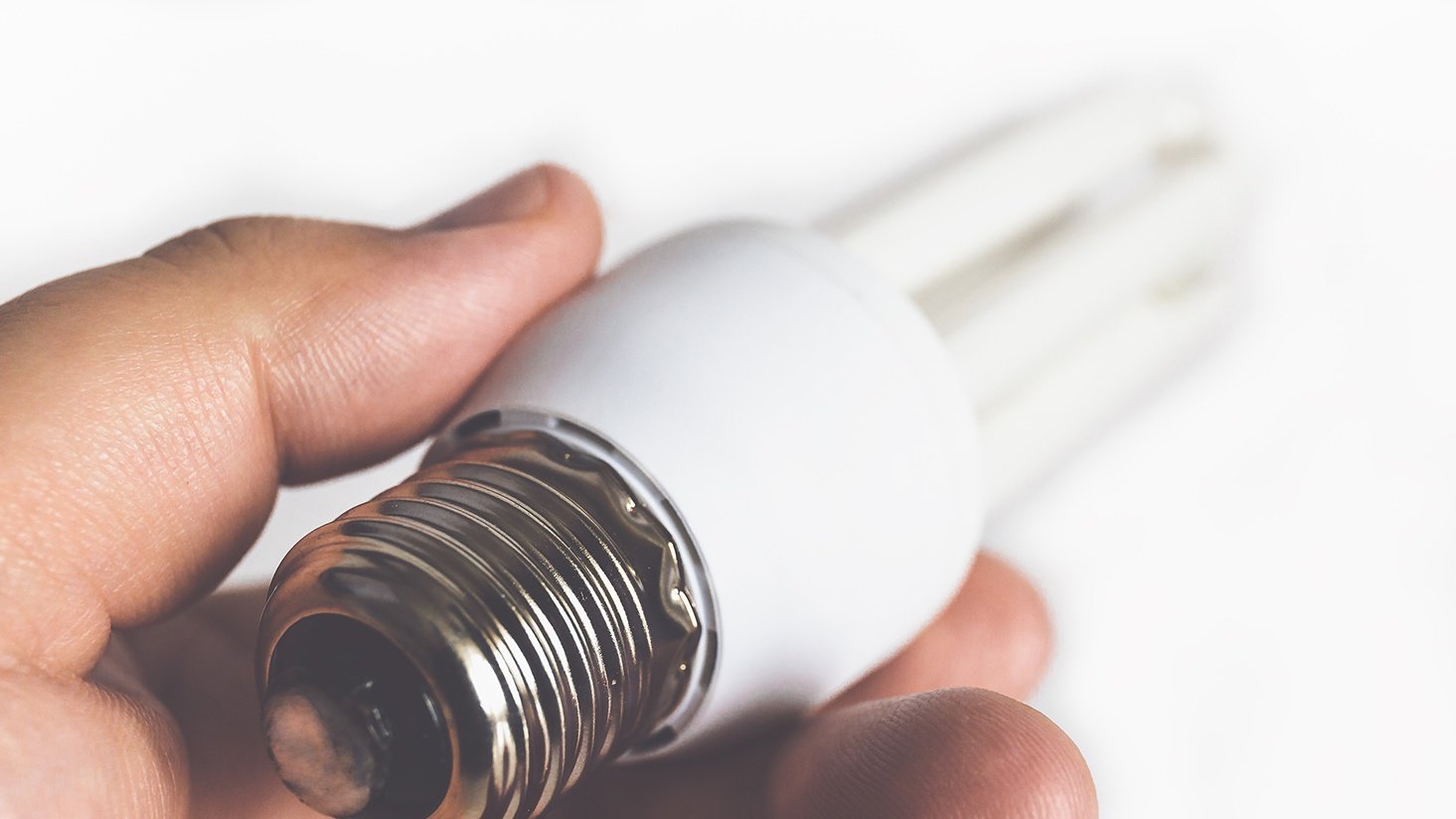How to read a light bulb part number: linear fluorescent tubes

Does reading a light bulb part number make your eyes want to cross or glaze over?
Just like languages, some light part numbers can be extremely hard to translate and understand. It doesn’t help that each manufacturer speaks a different dialect.
Linear fluorescent light bulbs fit into that group of complicated products to read. But generally, there is a structure that linear fluorescent light bulbs follow.
Here is an example of a common part number:
F32T8 / TL741 / ALTO
What that translates to is this:
SHAPE & WATTAGE / CRI & KELVIN / DESCRIPTION
We will explain exactly what all the numbers and letters mean but keep our example part number in mind as we go along.
Before we get too far, it's important to point out that some states are starting to phase out linear fluorescent tubes. Now may be the right time to upgrade to LED.
Part 1: Shape and wattage
The first section in the part number tells us the shape and wattage of the lamp. It’s important to note we’re talking in generalizations, but there can be manufacturer nuances in this section.
Here is the section of the part number we’re breaking down: F32T8. We can split it up into three parts.
F = type of lighting
32 = wattage
T8 = shape
“F” stands for fluorescent, which is the type of lighting. That part is pretty easy. Next, the wattage.
Fluorescent tube wattage
In our example, the wattage is 32.
Wattage is the power required to operate the linear fluorescent tubes. In this case, the wattage tells us two things. The amount of electricity the tube is consuming and the length of the tube.
The diameter simply tells us how thick the tube is, but we need the wattage to tell us how long it is.
Fluorescent tube shape
Now we're explaining what T8 means. Linear fluorescent lamps typically include a “T” in the shape abbreviation with a number following it.
This “T” stands for tube and the number that follows is the diameter of the tube. That number is divided into 8 to translate into inches. So a T8 has a one inch diameter.
Here's a helpful diagram that

Manufacturers abbreviate linear fluorescent shapes differently.
Here is a list of common abbreviations:
| Manufacturer | T5 | T8 | T12 |
| Philips | F(watts)T5 | F(watts)T8 | F(watts)T12 |
| Sylvania | FP(watts) | FO(watts) | F(watts)T12 |
| GE | F(watts)T5 | F(watts)T8 | F(watts)T12 |
If you're ready to order new linear fluorescent tubes, make sure you sign up for a business account to receive discounted pricing.
Part 2: CRI and color temperature
The second section in the part number tells us the CRI series and Kelvin temperature of the tube. There can also be manufacturer nuances in this section.
As a reminder, here is the second section of our example part number: TL741. We will break this down into two parts.
TL7 = CRI (Color rendering index)
41 = Color temperature
CRI of fluorescent tubes
If the CRI for your linear fluorescent tube looks different from the example above, it's probably a different manufacturer. Each major manufacturer seems to designate their CRI series differently.
Here's a breakdown of common CRI series on products today:
| CRI Series | Philips | Sylvania | GE | |
| T8 | 800 Series | TL8 | 8 | SPX |
| 900 Series | TL9 | 9 | N/A | |
| T5 | 800 Series | 8 | 8 | 8 |
| 900 Series | 9 | 9 | N/A |
Choosing the right CRI for your linear fluorescent tubes is very important depending on the application.
CRI is a number between 0 and 100 that predicts how well a product renders color. The higher the number, the more true colors should look.
The CRI series follows the same guidelines. An 800 series means the CRI is between 80 and 90. These are a good option for areas where you are not too concerned about the quality of colors, like stairwells and parking garages.
A 900 series means the CRI is 90 or higher. This is a great option for commercial offices and retail stores.
If you pull a linear fluorescent from your ceiling and it doesn't match any of these, it might be a 700 series. Production pretty much stopped on 700 series after EISA (Energy Independence and Security Act) was signed.
It could also be a T12. Today, manufacturers of T12 tubes will frequently leave the CRI series out of the part number.
Color temperature of fluorescent tubes
The CRI series is partnered with a number that represents the Kelvin temperature, or color temperature, of the tube.
In our example, the color temperature is represented as 41. That means the tube has a 4100 Kelvin temperature, or a very cool (blue) light source.
In other cases, manufacturers will use letters like "CW" (cool white) to represent the color temperature.
Part 3: Descriptions of fluorescent part numbers
The last section is where those manufacturer differences really come in. In the industry, we call this final section the "description." It gives us extra information about the tube. For example, it’s energy efficient, low mercury, and which ballast starting method it uses. There can be multiple descriptions or none at all.
In our example, the last part of the number is ALTO. That's what Philips uses to note low mercury.
Here is a list of common descriptions you’ll see at the end of part numbers:
RS – Rapid Start
HO – High Output
VHO – Very High Output
ECO – Low Mercury (Sylvania & GE)
ALTO – Low Mercury (Philips)
SS – Super Saver (Sylvania)
EW – Econo Watt (Philips)
WM – Watt Miser (GE)
ADV – Energy Advantage (Philips)
XPS – Extended Performance (Sylvania)
If this still sounds like a bunch of gibberish to you, that’s okay. We take the time to really understand the complexities of part numbers in order to make your job simpler and easier. Contact one of our lighting specialists for more information. Or you can always search for a light bulb part number in our online store.














